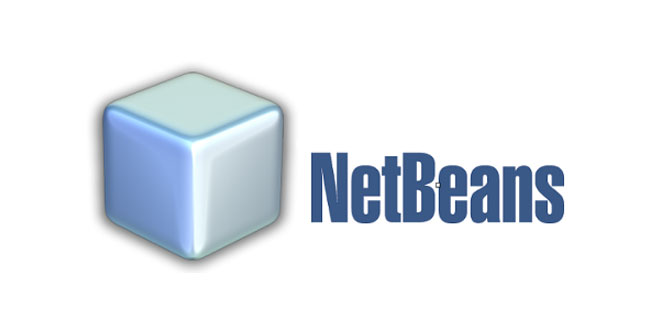
- #Javasoft.comdk netbeans 8 code#
- #Javasoft.comdk netbeans 8 plus#
- #Javasoft.comdk netbeans 8 download#
If possible, use the new -release flag instead of the -source and -target options.

Use 1.6 or later.Įrror: Target option 1.5 is no longer supported.

Warning: bootstrap class path not set in conjunction with -source 1.5Įrror: Source option 1.5 is no longer supported. In JDK 8, -source and -target values of 1.5/5 and earlier were deprecated and caused a warning to be generated. The supported -source/-target values are 9 (the default), 8, 7, and 6 (6 is deprecated, and a warning is displayed when this value is used).
#Javasoft.comdk netbeans 8 plus#
In JDK 9, javac uses a "one plus three back" policy of supporting -source and -target options. If you use the -source and -target options with javac, then check the values that you use. M圜lass.java:2: error: as of release 9, '_' is a keyword, and may not be used as a legal identifier.
#Javasoft.comdk netbeans 8 code#
This code generates the following error message from the compiler: Its use generates a warning in JDK 8, and an error in JDK 9. If you use the underscore character ("_") as a one-character identifier in source code, then your code won’t compile in JDK 9. If you need to compile your code with the JDK 9 compiler then take note of the following: Then, we will add the application logic, so that the program actually performs a conversion when the user presses the "Convert" button.Compiling your code with the JDK 9 compiler will ease migration to future releases since the code may depend on APIs and features which have been identified as problematic. First, we will populate the GUI with the various Swing components and arrange them as shown above. The minimize, maximize, and close buttons will behave as expected, and the application will also have a title that appears along the top of the window.įrom a programmer's perspective, we will write the application in two main stages. Alternatively, to compile and run the example yourself, consult the example index.įrom an end-user's perspective, usage is simple: enter a temperature (in Celsius) into the text box, click the "Convert" button, and watch the converted temperature (in Fahrenheit) appear on screen.
#Javasoft.comdk netbeans 8 download#
Java™ Web Start ( download JDK 7 or later). The finished GUI for this application will look as follows:Ĭlick the Launch button to run CelsiusConverter using Hyperlinks in each discussion will take you to related lessons, should you wish to learn such lower-level details. If you prefer the traditional approach of programming each component manually (without the assistance of an IDE), think of this lesson as an entry point into the lower-level discussions already provided elsewhere in the tutorial. If you are unable to do so, simply reading along should still be useful, since each step is illustrated with screenshots. This will be the quickest and easiest way to begin programming with Swing. Its automatic code generation feature simplifies the GUI development process, letting you focus on the application logic instead of the underlying infrastructure.īecause this lesson is a step-by-step checklist of specific actions to take, we recommend that you run the NetBeans IDE and perform each step as you read along. We will use the NetBeans IDE GUI builder, which makes user interface creation a simple matter of drag and drop. Its GUI will be basic, focusing on only a subset of the available Swing components.

The goal of this lesson is to introduce the Swing API by designing a simple application that converts temperature from Celsius to Fahrenheit. It provides valuable information about downloading and installing the JDK and NetBeans IDE. If you have not yet read the above lesson, please take a moment to do so now. It offers many advantages over coding with a text editor we recommend its use whenever possible. "Hello World!" lesson, the NetBeans IDE is a free, open-source, cross-platform integrated development environment with built-in support for the Java programming language. This lesson provides an introduction to Graphical User Interface (GUI) programming with Swing and the NetBeans IDE.


 0 kommentar(er)
0 kommentar(er)
